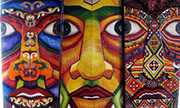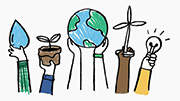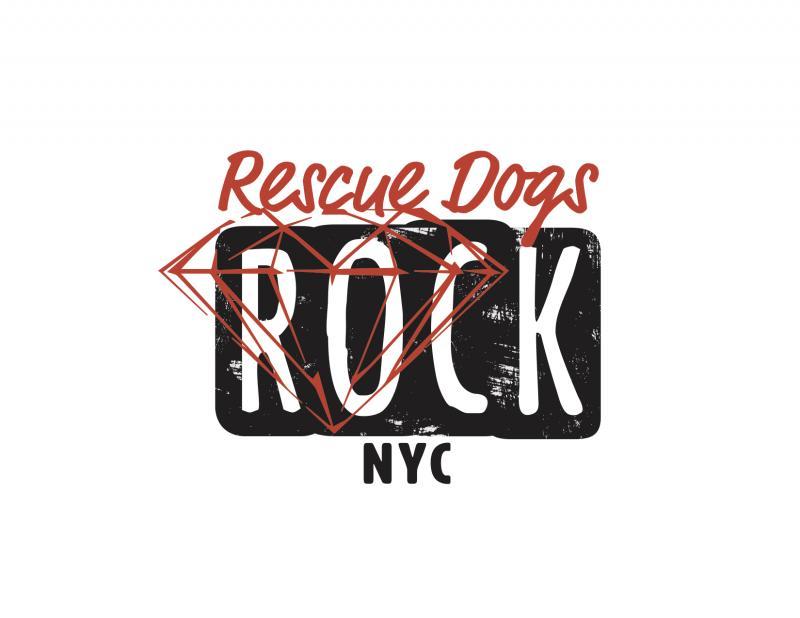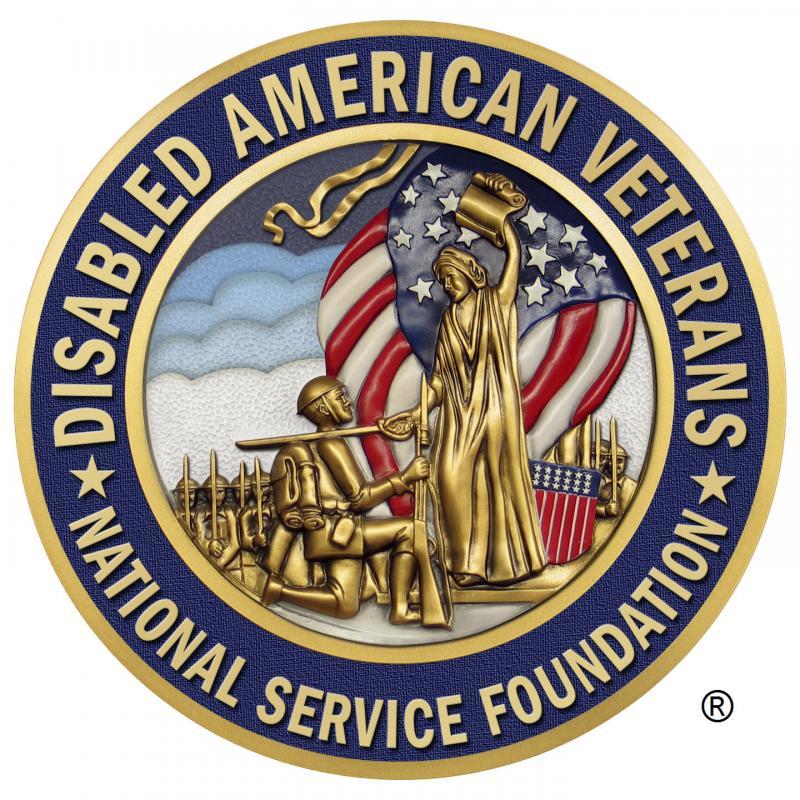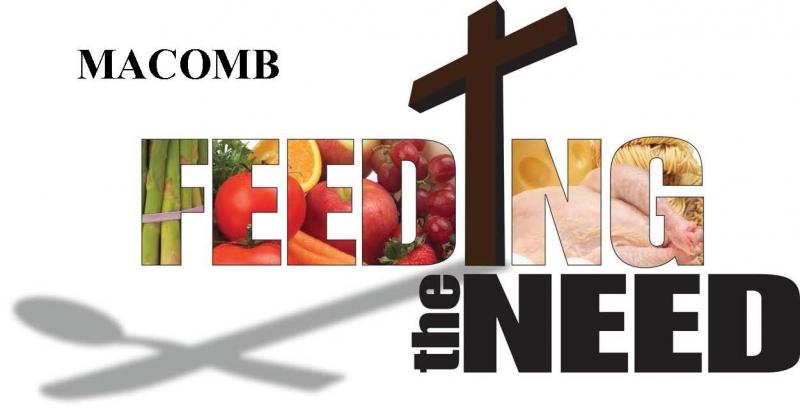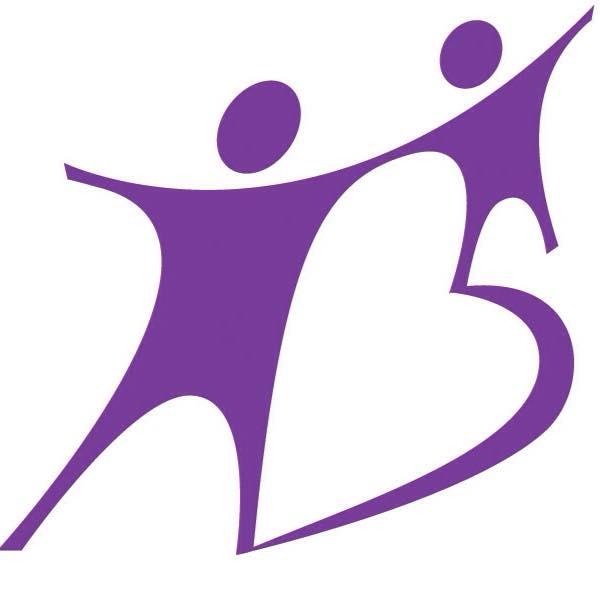Mission: -To reduce poverty, improve the living standards of rural children reduce the transition of HIV/AIDS .
Results: -Construction of 4 buildings for Day Care Centres, Pre-schools through community participation. -Establishment of 4 Day Care Centres and 4 Pre-schools for young children. Approximately over 700 children were taught reading and writing in the two year. Establishment of child feeding programmes. 1000 malnourished children, many of whom were affected by HIV/AIDS, received food, which boosted their immune systems and helped them grow and develop better. This also encouraged other orphans and vulnerable children to attend school. Health support for over 1000 pre-school children and over 500 primary school children. Improved health of the children resulted in greater capacity to concentrate and learn. Literacy classes for 330 adults. income generating activities supported over 800 of this number half were orphans. HIV/AIDS awareness and education program taught more than 800 adolescent on how to educate their communities about HIV/AIDS prevention and sustainability of their activities. CHILDHOPE caregivers helped more than 200HIV/AIDS patients and their families. Training of 40 local women about their rights helped improve women’s rights in the communities. Trained 20 community caregivers and 20 peer educators to assist with HIV/AIDS sensitization and to take care of the terminally ill within the communities they live. -Trained 40 community memebrs on Early childhood caregiving. -Trained 40 Parent Management committees-Trained 25 teachers on refresher course. These were the basic and pre-school teachers. -Trained 80 mothers in safemotherhood. -Trained communities in home based care and peer education. -Ongoing sponsorship of some children attending basic education and distribution of impregnated bed nets so as to reduce the high rates of malaria cases among the children. -Conducted farming as an income generating activity. -Provided support to school going OVCsi. e. uniforms, shoes, exercise books, pens, pencils, eraser, rulers etc. -Provided Home Base Care Kits to the rural communities. -Trained communities in different HIV/AIDS topics ranging from counselling, prevention/awareness, Caregiving to children and elders living with HIV/AIDS, assisting communities engage in different income generating activities for the PLWHA and the children. -Provided of immediate nutritional support to the children identified as acutely malnourished through a monitored supplementary feeding program. -Establishedcommunal gardens which increase the food and nutritional security of the malnourished children identified as stunted. 80% of the vegetables in the gardens are consumed by the children and 20% of the vegetables are being sold for the continuation of purchase of seed for gardening. -Distributed mealie meal, Soya meal, dried fish, mosquito nets, Cooking oil, medicines, clothes, farming inputs etc to the families affected by hunger and drought in the rural communities. For example CHILDHOPE participated in serving lives for the people of Chief Mwanachingwala 4(four) ago when these communities were affected by Cyclone Japhet-Provided of maize seed and fertilizer to the families that are hard to reach due to socio-economic situation in which they exist. -• Constructing centres for Early Childhood Development Classes (Day Care Centers) through community participation shared among 15 villages. Under this, the community undergoes mobilization for community development training so as to support mobilization and local resource sourcing. However, these buildings are also used by the primary school going children in the afternoon because government rural schools do not have enough classroom blocks. • Establishing Day Care Centers and Pre-Schools for young children and literacy classes for adults to improve their reading and writing skills. • Sensitisation of communities on the importance of educating children as well as cross cutting issues of child rights and how children can participate in the process of their development. • Child Supplementary feeding programmes to support and encourage orphans and other vulnerable children to attend school and those children affected by HIV/AIDS. • Health support for Pre-School and Primary School children. This school health and nutrition component of the project avails common drugs to the children e. g. de-worming drugs, anti malaria, anti bilharzia, Panadols, aspirin etc. On the health component, CHILDHOPE works with the nearest health centers within Chief Mwanachingwala`s araea, however, these clinics are far from CHILDHOPE operational areas. This prompted CHILDHOPE to open mini clinics within the proximity of the communities it is working with. These mini clinics are administered by the community health workers that were trained by CHILDHOPE. • Income generating activities to improve the community capacity in supporting their children. Activities include;1.Mothers clubs who sew different children’s clothes, jerseys, uniforms and table clothes. 2.Youths and community members undertaking piggery, goat rearing skills development activities and gardening. These Income generating activities ensure sustainability of the project. • HIV/AIDS adolescent youth awareness and education program through peer education and moral upbringing to fight HIV/AIDS in the rural communities. The organization uses;-Sport to disseminate information about HIV/AIDS. These are football, netball and volleyball. Villages compete with each other and the best teams get prices. This encourages the communities to do more in HIV/AIDS activities. Other messages on HIV/AIDS are disseminated as they engage in sporting activities. -Drama, poems and songs to disseminate information about HIV/AIDS. Peer educators have been trained to handle most of the HIV/AIDS programmes in the communities. -Provision of food and medicines to the people living with HIV/AIDS. On the provision of medicines to the people living with HIV/AIDS, CHILDHOPE avails panadol, asprin. ORS and procaine penicillin. These drugs suppress other diseases that may affect the bodies of the people living with HIV/AIDS due to weak anti bodies caused by HIV/AIDS. -Home visits to the people living with HIV/AIDS through CHILDHOPE caregivers. The caregivers feed, wash and clean the homes of the people living with HIV/AIDS that do not have the energy to do this for themselves as a result of sickness. The caregivers also help in turning the bodies and applying medicine to the people living with HIV/AIDS that have developed sores due to over sleeping on one side. •Gender training workshops for community members to support effective and gender sensitive development. This has helped the rural communities especially the women who are always downtrodden to realise their rights. -Provided food and nutritional security of the malnourished children directly or indirectly affected by HIV/AIDS.
Target demographics: Orphans and other vulnerable children in the rural areas of Zambia including low-income children and their mothers/guidians. These range from 0-18 years old. CHILDHOPE also work with children affecetd by HIV/AIDS. The organisation supports people living with HIV/AIDS, the youths and the women. These programmes are in rural Southern Province of Zambia about 180km from its secretarit in Lusaka.
Direct beneficiaries per year: 800 children, 600 women, 800 youth
Geographic areas served: Southern Province of Zambia
Results: -Construction of 4 buildings for Day Care Centres, Pre-schools through community participation. -Establishment of 4 Day Care Centres and 4 Pre-schools for young children. Approximately over 700 children were taught reading and writing in the two year. Establishment of child feeding programmes. 1000 malnourished children, many of whom were affected by HIV/AIDS, received food, which boosted their immune systems and helped them grow and develop better. This also encouraged other orphans and vulnerable children to attend school. Health support for over 1000 pre-school children and over 500 primary school children. Improved health of the children resulted in greater capacity to concentrate and learn. Literacy classes for 330 adults. income generating activities supported over 800 of this number half were orphans. HIV/AIDS awareness and education program taught more than 800 adolescent on how to educate their communities about HIV/AIDS prevention and sustainability of their activities. CHILDHOPE caregivers helped more than 200HIV/AIDS patients and their families. Training of 40 local women about their rights helped improve women’s rights in the communities. Trained 20 community caregivers and 20 peer educators to assist with HIV/AIDS sensitization and to take care of the terminally ill within the communities they live. -Trained 40 community memebrs on Early childhood caregiving. -Trained 40 Parent Management committees-Trained 25 teachers on refresher course. These were the basic and pre-school teachers. -Trained 80 mothers in safemotherhood. -Trained communities in home based care and peer education. -Ongoing sponsorship of some children attending basic education and distribution of impregnated bed nets so as to reduce the high rates of malaria cases among the children. -Conducted farming as an income generating activity. -Provided support to school going OVCsi. e. uniforms, shoes, exercise books, pens, pencils, eraser, rulers etc. -Provided Home Base Care Kits to the rural communities. -Trained communities in different HIV/AIDS topics ranging from counselling, prevention/awareness, Caregiving to children and elders living with HIV/AIDS, assisting communities engage in different income generating activities for the PLWHA and the children. -Provided of immediate nutritional support to the children identified as acutely malnourished through a monitored supplementary feeding program. -Establishedcommunal gardens which increase the food and nutritional security of the malnourished children identified as stunted. 80% of the vegetables in the gardens are consumed by the children and 20% of the vegetables are being sold for the continuation of purchase of seed for gardening. -Distributed mealie meal, Soya meal, dried fish, mosquito nets, Cooking oil, medicines, clothes, farming inputs etc to the families affected by hunger and drought in the rural communities. For example CHILDHOPE participated in serving lives for the people of Chief Mwanachingwala 4(four) ago when these communities were affected by Cyclone Japhet-Provided of maize seed and fertilizer to the families that are hard to reach due to socio-economic situation in which they exist. -• Constructing centres for Early Childhood Development Classes (Day Care Centers) through community participation shared among 15 villages. Under this, the community undergoes mobilization for community development training so as to support mobilization and local resource sourcing. However, these buildings are also used by the primary school going children in the afternoon because government rural schools do not have enough classroom blocks. • Establishing Day Care Centers and Pre-Schools for young children and literacy classes for adults to improve their reading and writing skills. • Sensitisation of communities on the importance of educating children as well as cross cutting issues of child rights and how children can participate in the process of their development. • Child Supplementary feeding programmes to support and encourage orphans and other vulnerable children to attend school and those children affected by HIV/AIDS. • Health support for Pre-School and Primary School children. This school health and nutrition component of the project avails common drugs to the children e. g. de-worming drugs, anti malaria, anti bilharzia, Panadols, aspirin etc. On the health component, CHILDHOPE works with the nearest health centers within Chief Mwanachingwala`s araea, however, these clinics are far from CHILDHOPE operational areas. This prompted CHILDHOPE to open mini clinics within the proximity of the communities it is working with. These mini clinics are administered by the community health workers that were trained by CHILDHOPE. • Income generating activities to improve the community capacity in supporting their children. Activities include;1.Mothers clubs who sew different children’s clothes, jerseys, uniforms and table clothes. 2.Youths and community members undertaking piggery, goat rearing skills development activities and gardening. These Income generating activities ensure sustainability of the project. • HIV/AIDS adolescent youth awareness and education program through peer education and moral upbringing to fight HIV/AIDS in the rural communities. The organization uses;-Sport to disseminate information about HIV/AIDS. These are football, netball and volleyball. Villages compete with each other and the best teams get prices. This encourages the communities to do more in HIV/AIDS activities. Other messages on HIV/AIDS are disseminated as they engage in sporting activities. -Drama, poems and songs to disseminate information about HIV/AIDS. Peer educators have been trained to handle most of the HIV/AIDS programmes in the communities. -Provision of food and medicines to the people living with HIV/AIDS. On the provision of medicines to the people living with HIV/AIDS, CHILDHOPE avails panadol, asprin. ORS and procaine penicillin. These drugs suppress other diseases that may affect the bodies of the people living with HIV/AIDS due to weak anti bodies caused by HIV/AIDS. -Home visits to the people living with HIV/AIDS through CHILDHOPE caregivers. The caregivers feed, wash and clean the homes of the people living with HIV/AIDS that do not have the energy to do this for themselves as a result of sickness. The caregivers also help in turning the bodies and applying medicine to the people living with HIV/AIDS that have developed sores due to over sleeping on one side. •Gender training workshops for community members to support effective and gender sensitive development. This has helped the rural communities especially the women who are always downtrodden to realise their rights. -Provided food and nutritional security of the malnourished children directly or indirectly affected by HIV/AIDS.
Target demographics: Orphans and other vulnerable children in the rural areas of Zambia including low-income children and their mothers/guidians. These range from 0-18 years old. CHILDHOPE also work with children affecetd by HIV/AIDS. The organisation supports people living with HIV/AIDS, the youths and the women. These programmes are in rural Southern Province of Zambia about 180km from its secretarit in Lusaka.
Direct beneficiaries per year: 800 children, 600 women, 800 youth
Geographic areas served: Southern Province of Zambia

Others







